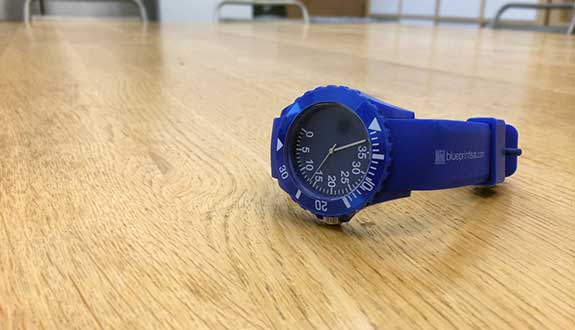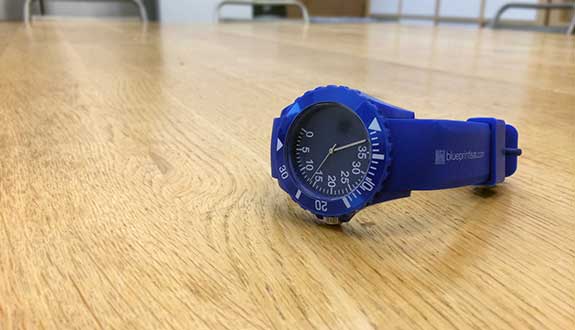My Best LSAT Advice: Watch It!
- by
- Mar 10, 2015
- Blueprint Products and Promotions, LSAT
- Reviewed by: Matt Riley


Today we welcome a new blog contributor: Los Angeles Blueprint instructor Alex Connolly, who shares the one piece of LSAT advice he wishes he’d known as a student.
I remember a time when I was a young LSAT student. Hopeful. Naïve. Over-caffeinated. I spent most of my time at coffee shops, pounding espresso and problem sets. I was the guy sitting in the corner muttering, “No, if Xao goes first, where the heck is Yolanda gonna go? Gotta leave room for Yolanda, Alex. Don’t be an idiot.”
I wasn’t making many new friends.
If I could go back and speak to that young man, what would I tell him? What one piece of LSAT advice would I share?
First of all, I would probably tell him to spend a little more money on haircuts. It’s not a huge expense either way and there’s a pretty big difference between a $15 haircut and a $25 haircut. Like, if you spend that extra cash, people won’t say you look like a Lego version of a Gregorian monk.
But after that, I would grant him this LSAT wisdom: get a watch with a rotating bezel.
I didn’t realize back then that the way I was practicing was unrealistic. Once I had finished learning all my concepts and techniques, I moved on to practicing full sections. Every time I’d start a section, I’d set my timer for 35 minutes. Throughout, I’d glance down at my phone and see how much time I had left.
The usual sequence:
- Twenty-five minutes left. Oh great, I’m on question nine. I’m killing it!
- Eighteen minutes left, question thirteen. Okay, right on target.
- Ten minutes left, question seventeen. Whoa, what happened? Time to speed up.
- Three minutes left, question 23. MUST GO FASTER. I’m not going to finish. I’m a failure. I hate myself.
- Twenty seconds left, done. Oh. Cool.
Of course, I didn’t realize that looking at my phone and instantly knowing just how screwed I was is actually a significant advantage, and one I wouldn’t enjoy on test day. I figured this out days before my exam, and scrambled to get my hands on an analog watch. I managed one practice test with it. My time keeping then went something like this:
- Okay, it’s now 10:07. So… 12 + 7… I think I’m behind?
- 10:11. When did I start again? I wrote my start time down somewhere…
- 10:18. Oh, here it is. I started at 9:48. So that means… Oh shit.
I’m exaggerating, but keeping track of the time was a real distraction during practice. And when I sat for the real thing, I was not as ready as I could have been had I been practicing under realistic conditions.
If only future-me had intervened and told me to get an analog watch with a rotating bezel.
What is a rotating bezel? It’s a moveable dial on the outside of your watch. You can position it so the arrow, which indicates ‘zero,’ points to the current time when your LSAT section starts. This means you won’t forget what time you began. Even more importantly, you will be able to see at a glance how far into the section you are by looking at where the minute hand points on the bezel-dial-thing. You don’t even have to worry about the arithmetic. If it’s 10:13, for example, and the minute hand is pointing at 30 on the bezel, you know that you have five minutes left.
I can’t go back in time, but I can spread the gospel now. If you’re studying for the LSAT, go get yourself a watch with a rotating bezel. You’ll look kind of dumb when you wear it, but you’ll never lose track of time.
Search the Blog

Free LSAT Practice Account
Sign up for a free Blueprint LSAT account and get access to a free trial of the Self-Paced Course and a free practice LSAT with a detailed score report, mind-blowing analytics, and explanatory videos.
Learn More
Popular Posts
-
logic games Game Over: LSAC Says Farewell to Logic Games
-
General LSAT Advice How to Get a 180 on the LSAT
-
Entertainment Revisiting Elle's LSAT Journey from Legally Blonde








